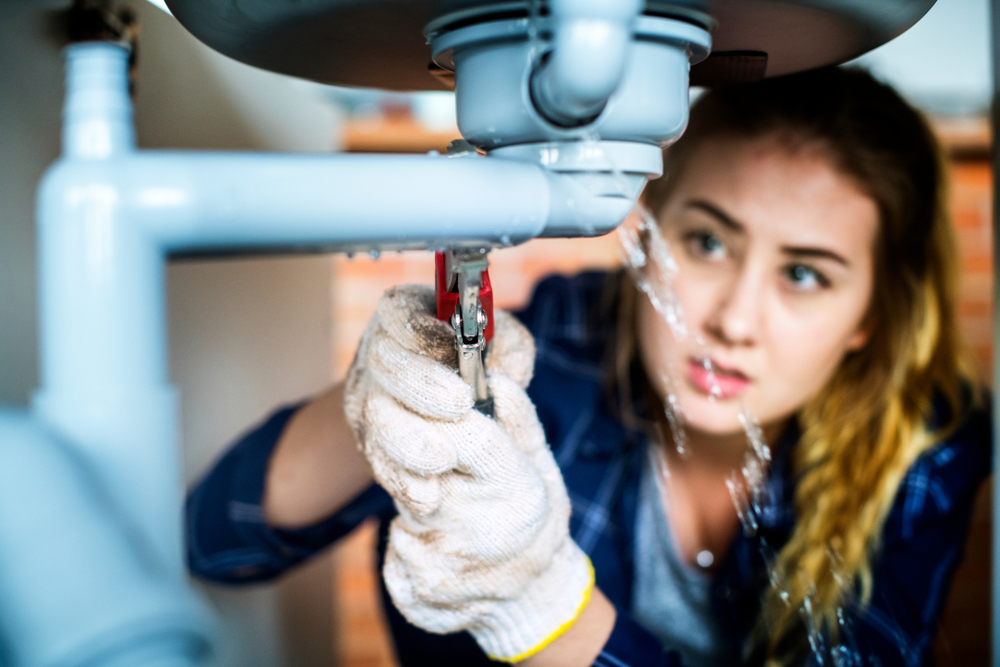
Cloud-based Leak Detection: Is it the Future of Facility Management?
Share
In today's fast-paced world, technology is revolutionizing nearly every industry. Cloud-based leak detection has emerged as a game-changing technology, especially for tech professionals and enthusiasts. Not only does it offer innovative solutions to age-old problems, but it also promises a more efficient and reliable way to detect leaks in various facilities.
With the rise of IoT technologies, cloud-based solutions are no longer a novelty but rather a necessity. As professionals in technology sectors seek smarter ways to maintain infrastructure, the role of cloud-based solutions becomes paramount. This article delves into the significance of this technology and its impact on the industry.

The Necessity of Leak Detection in Modern Infrastructure
Leak detection is not a new concept, yet its importance cannot be emphasized enough. Leaks, whether in residential or commercial properties, can lead to significant damages and expenses. Traditional methods of leak detection were often unreliable, time-consuming, and costly.
Enter the era of cloud-based technologies. Leveraging the power of cloud computing, these systems offer real-time monitoring and instantaneous alerts. By using data analytics and integration with IoT devices, cloud-based leak detection systems can predict potential leaks before they become a problem.
How Cloud-based Systems Work
Cloud-based leak detection systems rely on a network of connected devices, often referred to as the Internet of Things (IoT). These devices are strategically placed within facilities to monitor specific parameters, such as humidity, temperature, and pressure.
Once data is collected, it is sent to the cloud. Here, advanced algorithms and machine learning techniques analyze the data for any anomalies that might indicate a leak. This process not only speeds up detection but also ensures accuracy, reducing the chances of false alarms.
Benefits of Using Cloud-based Leak Detection
One of the standout benefits of using cloud-based systems is the convenience of remote monitoring. Facility managers or homeowners can receive instant updates directly to their smartphones or computers.
Additionally, cloud-based systems are usually scalable, meaning they can be easily integrated into existing infrastructures or expanded to cover larger areas. The ease of integration with other smart technologies makes them a versatile choice for various applications.
Beyond convenience, cost savings cannot be overlooked. By preventing significant water damage through early detection, these systems save properties thousands of dollars in potential repairs.
Implementation Challenges and Considerations
While promising, the transition to cloud-based leak detection does come with its challenges. One significant barrier is the initial setup cost, which might deter smaller businesses or residential applications.
There's also the concern of data privacy and security. With data being transmitted and stored in the cloud, ensuring that this information remains secure is critical. Collaborating with reputable providers who prioritize cybersecurity can mitigate these risks.
For enthusiasts interested in the smallest detail, exploring the mesh network water detectors can provide further insight into networking technologies that complement cloud-based leak systems.
Popular Applications in the Modern World
Cloud-based leak detection is finding applications across various sectors. In commercial properties, it helps maintain infrastructure integrity by providing real-time insights into potential leakages.
In residential areas, systems like wireless smart home water alarm have gained traction. These devices alert homeowners of any leaks in real-time, minimizing damage and loss.
Even in niche markets like recreational vehicles, adopting the water leak detector for RV allows enthusiasts to travel with peace of mind, knowing their mobile homes are protected.
An Eye on the Future
The future of cloud-based leak detection looks promising. As technology advances, these systems will continue to become more efficient, reliable, and accessible to a wider audience.
There is a growing interest in integrating AI into these systems, making them not only faster but also smarter in detecting and predicting leaks. For instance, learning from AI in water management might offer pathways to further improve leak detection technologies.
Conclusion
In conclusion, cloud-based leak detection is more than just a trendit's transforming how we approach facility management. For tech professionals and enthusiasts alike, understanding and embracing this technology is crucial.
With its numerous benefits, from cost savings to advanced monitoring capabilities, cloud-based solutions are redefining traditional leak detection. Yet, like any technology, understanding its intricacies, from setup to security, is essential.
In the ever-evolving tech landscape, continued exploration, learning, and adaptation will ensure we remain at the forefront, maximizing the potential and benefits of these innovative solutions.

FAQs
What makes cloud-based leak detection superior to traditional methods?
Cloud-based systems offer real-time monitoring, scalability, and efficiency. By utilizing IoT devices, they ensure timely detection and minimize false alarms.
Are cloud-based leak detection systems expensive to maintain?
While initial costs might be higher, the long-term savings from early leak detection often offset these. Many systems are designed to be scalable and integrate with existing infrastructures to reduce ongoing costs.
Is data security a concern with these systems?
Data privacy is a primary concern. However, working with reputable cloud providers who prioritize security can alleviate these worries.
